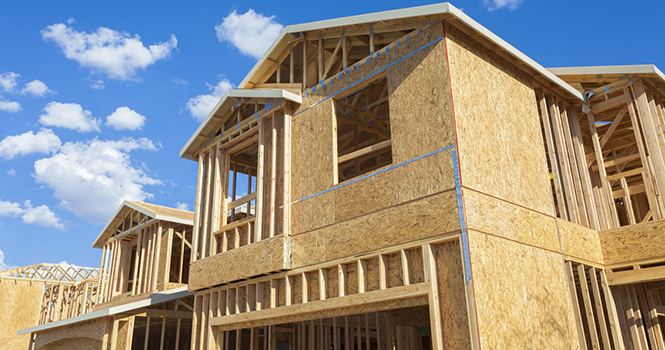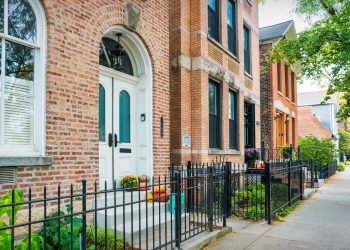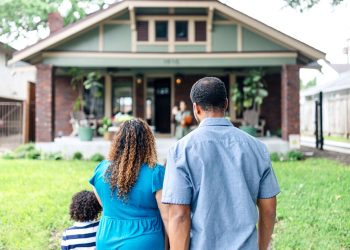Will they, or won’t they?
Whether millennial renters would make the transition to homeownership has been hotly debated since the housing crisis—and now, there is more evidence pointing to the affirmative.
According to a recent report by the Wall Street Journal, home builders are starting to double back on starter home production, recognizing valid demand among millennial renters eager to enter the housing market. More builders, cited in the report, are constructing lower-priced homes with less square footage, taking crucial first steps toward adding supply. The average home built in 2016, according to the Census Bureau, was 2,634 square feet—a downsize.
“2016 marked the end of an era that began in 2009 when homes got bigger and bigger with more amenities,” said Rose Quint, assistant vice president for Survey Research at the National Association of Home Builders (NAHB), in a statement at the turn of the new year. “I expect the size of homes to decline as demand increases from first-time buyers.”
Builder confidence, in addition, hit another post-recession peak in the NAHB/Wells Fargo Housing Market Index (HMI) this month.
“Builders’ optimism in the housing market is solidifying, even as they deal with higher building material costs and shortages of lots and labor,” said Granger MacDonald, chairman of the NAHB, in a statement on the Index.
Millennials have clear-cut aspirations regarding homeownership—and, now, they’re becoming reality. An analysis by Trulia of the latest Census housing update reveals homeowner households formed at double the rate of renter households in the first quarter of 2017—the first reversal of the gauge in 10 years. Millennial renters are not just ready to become homeowners; they’re making it happen.
On the construction side, the priority shift couldn’t come sooner. A recent inventory update, also from Trulia, shows starter home supply fell 8.7 percent in the first quarter of the year, kept off the market—and out of reach of first-timers—by homeowners hesitant to list after losing equity in the crash. New starter homes would open up an alternative route.
The addition of more reasonably-priced homes would also lower the affordability barrier—one of, if not the, most considerable concerns for millennials. Many are caught in a catch-22 of high monthly cost obligations, including rent and student loan debt payments, with unsustainably low earnings—all having an adverse impact on their ability to save for a down payment.
Over-building was one of many underlying contributors to the downturn, but according to the Wall Street Journal report, a repeat scenario is unlikely. Builders—finally, and simply—are responding to demand.
It’s about time.
Suzanne De Vita is RISMedia’s online news editor. Email her your real estate news ideas at sdevita@rismedia.com.
For the latest real estate news and trends, bookmark RISMedia.com.











